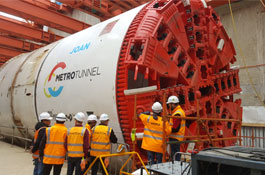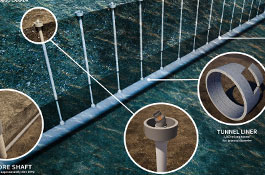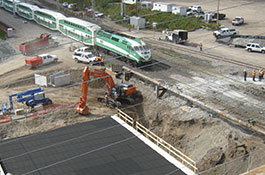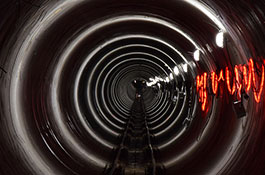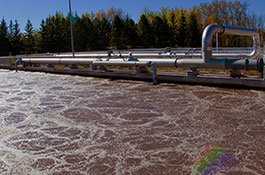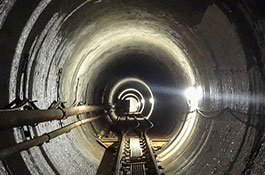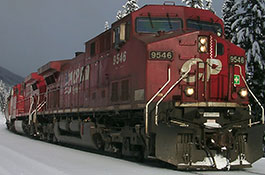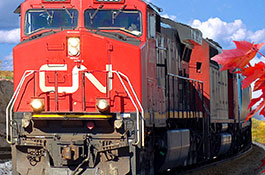
North-West PATH Tunnel
Solving a 3D puzzle
City of Toronto | Canada | 2010–2017
65 m
cut-and-cover tunnel complete (Phase 1)
World's largest
pedestrian tunnel network
25
different Toronto utilities relocated
Willis Chipman Award
Consulting Engineers of Ontario - 2016
Challenges
- More people pass through Union Station every day than through Toronto’s international airport, and that number is expected to double by 2020.
- The PATH tunnel connection on the east side of Union Station was severely congested, prompting the need for a tunnel on the west side as a passenger relief valve.
- Project was adjacent to two concurrent large construction projects and surrounded by heritage buildings.
- Water mains, sewers, gas mains, fiber optics, underground hydro transmission and distribution circuits, overhead and underground street lighting, traffic control systems, and steam heating networks all needed to be relocated.
- All of Canada’s major financial institutions depend on these power and fiber-optic connections.
Solutions
- Complex 3D models were developed for multiple custom tunnel alignments and utility relocation options.
- Digital construction prototypes in the context of existing conditions allowed full visibility of the utility or structural conflicts.
- Designed custom solutions for unique utility relocations, including for a sewer whose existing profile went directly through the proposed tunnel.
- Designed a siphon, made of 6-millimetre-thick stainless steel, directly between the new tunnel’s floor slab and the existing subway’s roof slab.
- With insufficient space to accommodate a circular sewer, we designed transitions from a circular cross section to a rectangular equivalent cross section and back again, with only 50 mm clearance between the siphon and the structure.
- Built directly on top of the existing subway system in an extremely congested construction area.
Highlights
- 2016 Willis Chipman Award, Consulting Engineers of Ontario.
- 2016 Award of Honor, American Council of Engineering Companies – New Jersey Chapter.
- Extensive 3D modeling and approval efforts were needed to communicate the scale of complexity to each of the 12 utility owners.
- Contract drawings for construction, detailed plans, elevations, and cross sections were generated directly from the 3D model.
- Also constructed two signature surface buildings.
Project numbers
25utilities relocated65 m of tunnel
2surface buildings constructed
Services & technologies provided
What's your challenge?
Related projects
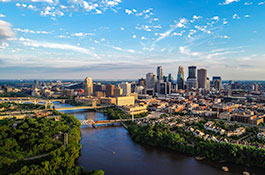
Minneapolis weathers the storm with a new parallel tunnel
Minneapolis, MN, USA
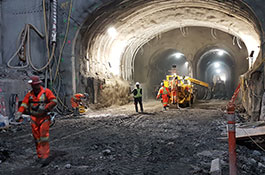
Mount Royal Tunnel double arch replacement
Montreal, Quebec, Canada
bob华体会
British Columbia, Canada
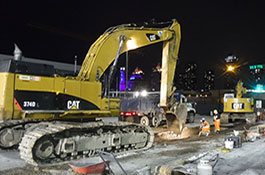
Burnhamthorpe Water Project
Canada
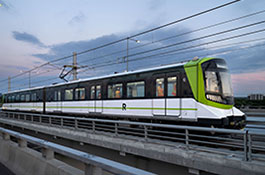
Réseau express métropolitain
Montréal, Québec, Canada
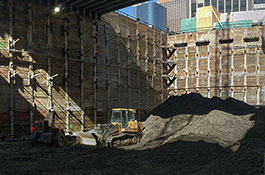
Regional Connector Transit Corridor
United States
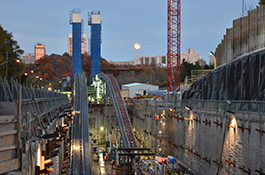
Eglinton Crosstown Light Rail Transit
Toronto, Ontario, Canada
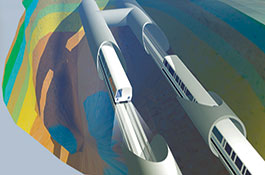
Silicon Valley Rapid Transit Project/BART
United States
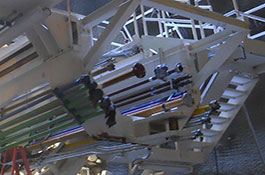
Euclid Creek Storage Tunnel
United States
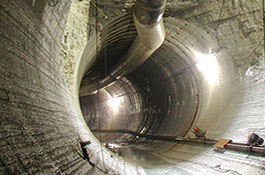
Elm Road GS Water Intake Tunnel
United States

Niagara Tunnel
Canada
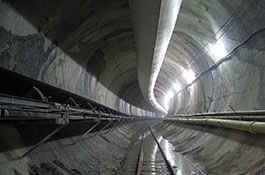
西部地区社会桶nels and Pump Stations
United States
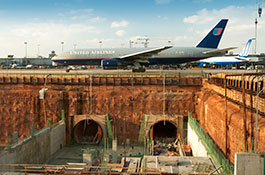
Dulles Airport Tunnels
United States
